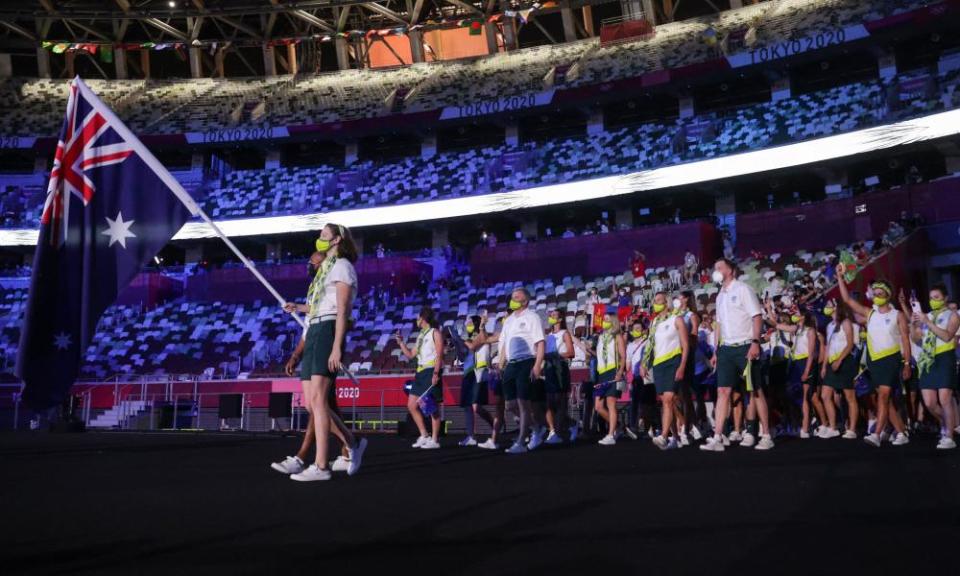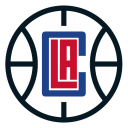Nine pays $305m for Olympic Games rights: here’s what it means for viewers in Australia

Australia’s biggest media company, Nine Entertainment, has paid $305m for the exclusive rights to the next five Olympic Games, from Paris in 2024 through to Brisbane in 2032.
The deal includes the 2026 Milano Cortina Winter Olympics and the 2030 Winter Olympics.
It’s the first time a local media company – with such an extensive reach across free-to-air TV, streaming, digital publishing, radio and print – has won the rights to the summer and winter Olympic Games.
Related: Tokyo Olympics bribery scandal threatens to derail Winter Games bid
It also comes at a time when the media landscape is changing so fast that what Nine offers audiences for the Brisbane Games in nine years’ time is likely to be quite different to how audiences will watch the Games from Paris in 18 months.
“By the time we get to the Paris Games, there will be more people streaming than ever before, Nine CEO Mike Sneesby said.
What will the deal mean for viewers?
Viewers will be able to watch most of the Games’ action live and free on Channel Nine, nine.com.au and 9Now.
Sign up for Guardian Australia’s free morning and afternoon email newsletters for your daily news roundup
There may be additional content on Stan available only to subscribers, such as Olympics documentaries, but there are no details yet.
While the IOC does not sell publishing rights, Nine mastheads like the SMH and the Age will have access to exclusive video content, while non-rights holders such as News Corp will have limited access.
Nine journalists will have front-row seats for the coverage of events and access to athletes for interviews. The number of journalists to attend and the lineup of commentators has not been revealed.
The Australian broadcast rights for the Paralympic Games are not included in the Nine deal and a separate bidding process is underway for the Paris Games in 2024.
Could some content be behind a paywall?
Nine has pledged to pay for the Games through advertising and sponsorship and not rely on subscription revenue, but the balance is yet to be determined.
Audiences for linear free-to-air TV are declining, and catchup TV and streaming are on the rise, making it likely Nine’s streaming platform Stan increasingly will be the destination for more content over the 10-year deal.
Sneesby insists audiences will not be locked out if they don’t have subscriptions to Nine products, like Stan. Nine also owns paywalled newspaper sites the Sydney Morning Herald, the Age, the Brisbane Times, WA Today and the Australian Financial Review.
“We are committed to ensuring that Australians everywhere continue to get live and free access to the Olympic Games,” Sneesby said. “That won’t change under the model that we would look at.”
Why are the Games moving from Seven to Nine?
Seven pulled out of the negotiations with the International Olympics Committee last year, claiming a figure above $250m was not worth it. But Sneesby says Nine’s ability to monetise the rights is greater than rival Seven because it has a streaming service and talk radio stations, including 2GB and 3AW.
Seven has dominated Olympic broadcasting since the 1970s, briefly losing the rights between 2010 and 2014.
“We’ve got more ways to monetise, more ways to distribute and more ways to deliver content to Australians,” Sneesby said. “And that does give us competitive advantage in generating revenue from a partnership like this.”
Nine is relying on the popularity of live sport as well as the “halo” effect where advertisers and audiences flock to Channel Nine and its other platforms. Most of the multimillion dollar fee would be recouped by advertising and sponsorship, Sneesby said.
But he left open the possibility of subscription packages on Stan and new monetisation options.

 Yahoo Sport
Yahoo Sport 




































































